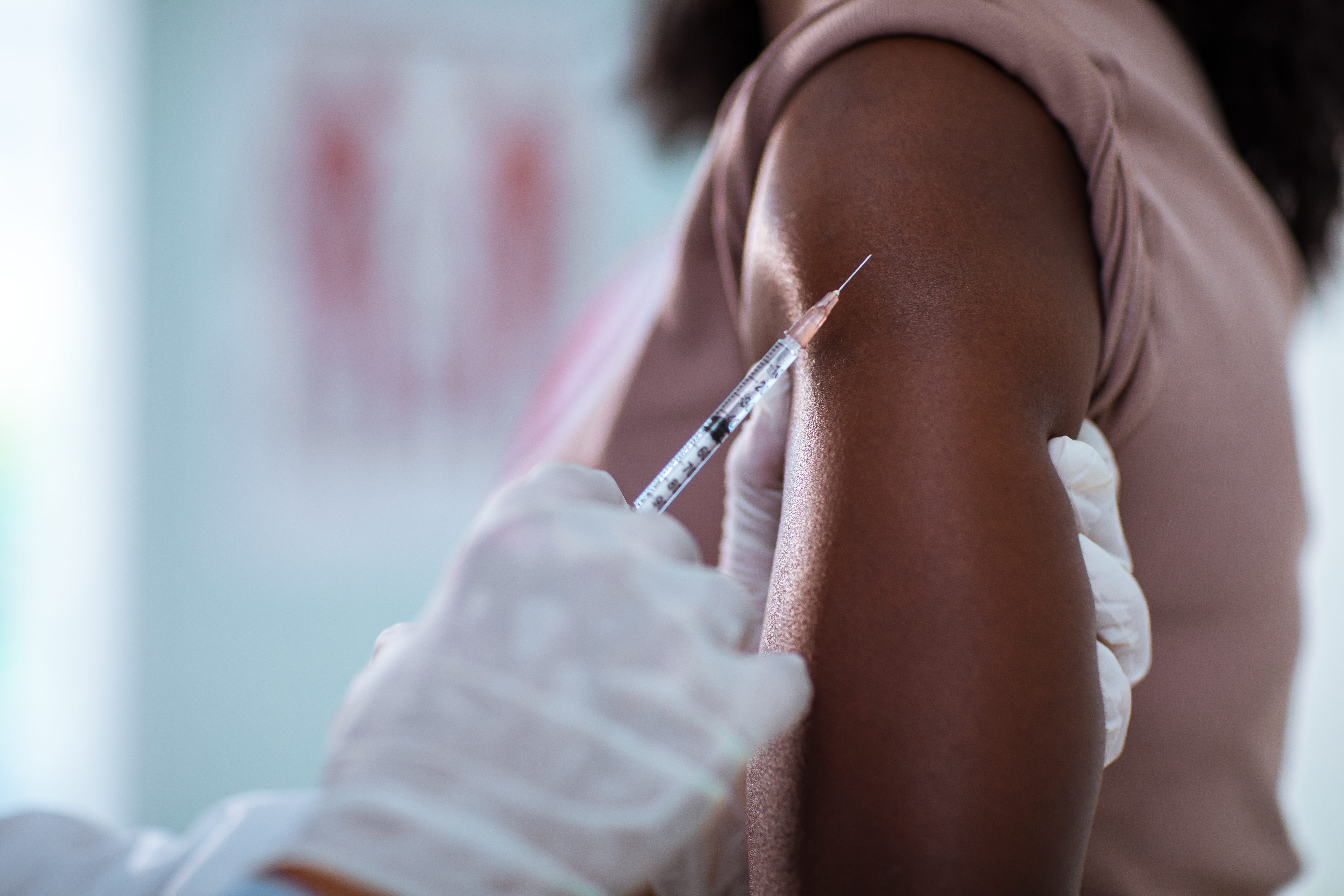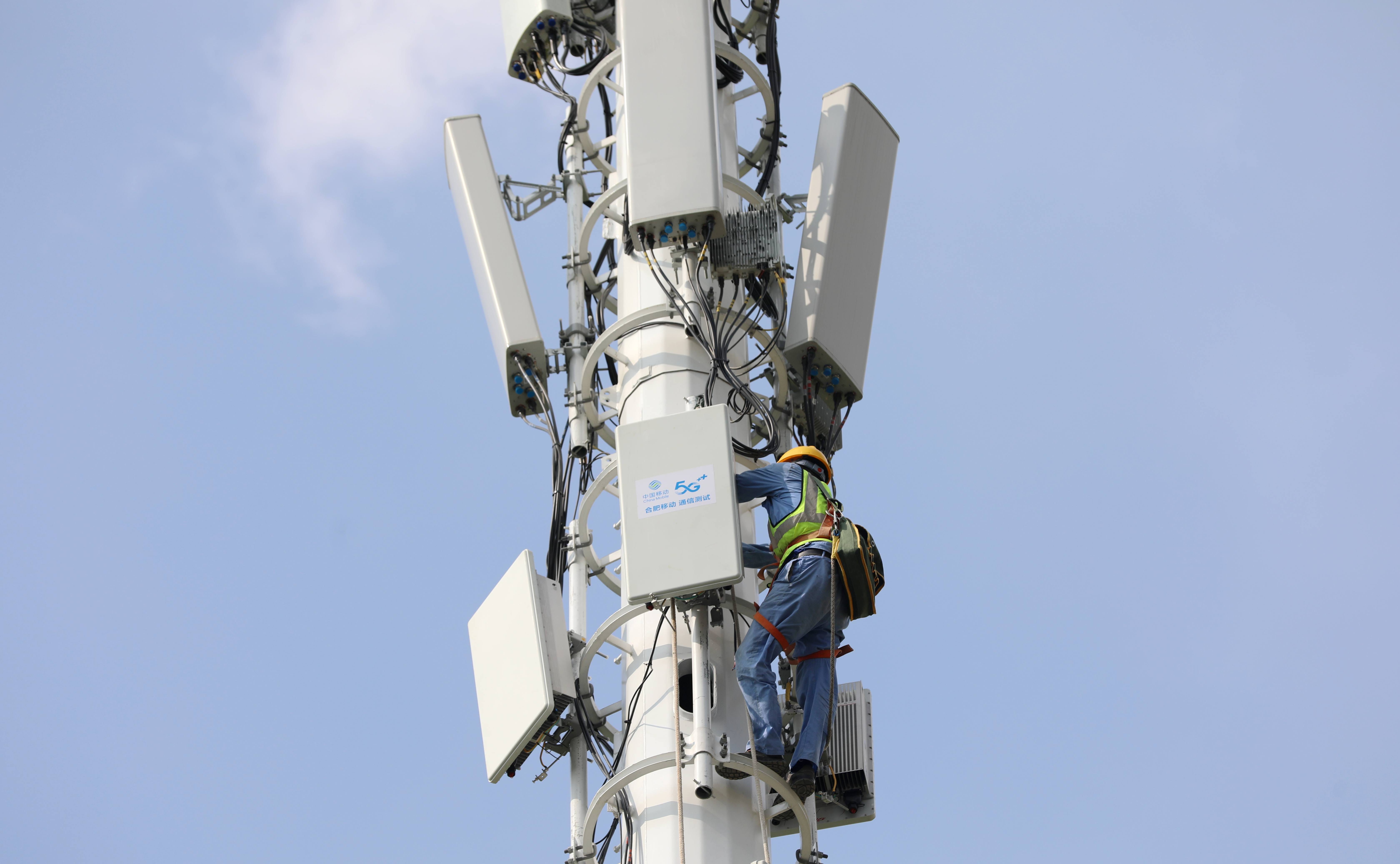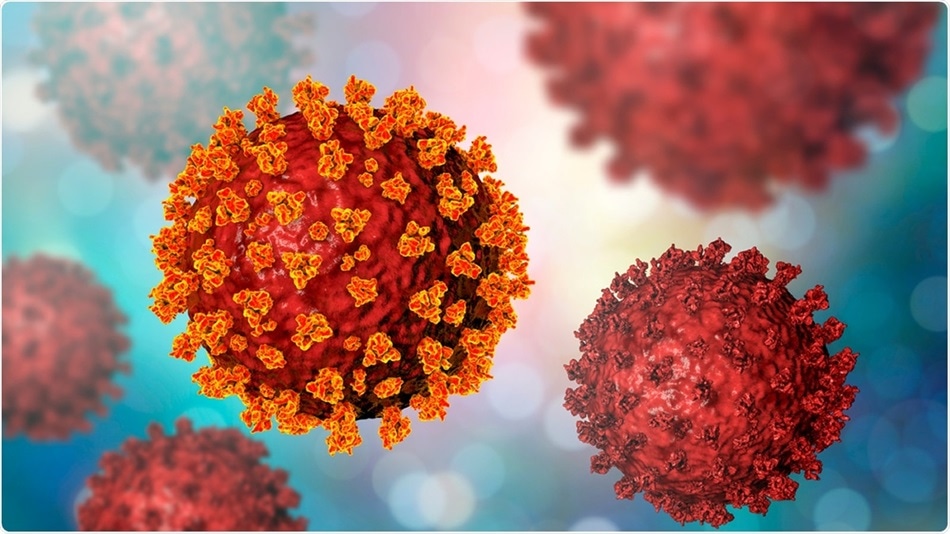The Legacy of Tuskegee Complicates African Americans’ Feelings About Vaccines
A Black scientist’s plea to lean into the data, even as an unjust health care shadow persists in the U.S.

Ibelieve vaccinations are an important part of health maintenance. Every year, I get a flu vaccine and encourage my adult children to do the same. So, I was surprised when some of my friends and family members shared with me that they had no plans to take the vaccine for Covid-19 when and if it becomes available.
At least, they specified, they would not be the first in line.
Though my initial reaction was one of surprise, I realized this reluctance is part of a larger conversation — especially in the Black community. Initially, I was puzzled as to where this reluctance came from. As a scientist with a PhD in pathology who has worked in health care for more than 20 years, I tend to make decisions based on empirical data. However, as an African American woman, I have also come to appreciate the historical context of race and science.
In 1972, the Tuskegee experiment, a 40-year study of 600 African American men untreated for syphilis, came to an end. An article published by Jean Heller of the Associated Press prompted the public outrage. By the time the study was finally shut down, almost 130 included men had died due to syphilis and complications caused by the disease. Many had passed the disease on to their spouses and children.
This U.S. government-run study, executed by the agency known at the time as the United States Public Health Service, was not a secret to many in the health care community. It went on for four decades with physicians, nurses, and others knowingly and willingly monitoring men who they knew would die without treatment for the disease.
As a scientist, I know the importance of clinical studies… But as an African-American woman, I also understand my community’s reluctance to be involved in clinical studies.
The study was never designed to “treat” these men. The true purpose was to observe the disease progression in the human body. To make matters worse, the men did not know they weren’t being treated. These mainly poor sharecroppers were recruited to join the study based on the promise of free health care to treat “bad blood.” The unjust impact of that study reverberates still today.
As a scientist, I know the importance of clinical studies and the pressing need to demonstrate whether a drug is an effective or ineffective treatment for people against a given pathogen. But as an African American woman, I also understand my community’s reluctance to be involved in clinical studies and the historically fueled distrust we have for the American health care system — both public and private.
Against that backdrop here in 2020, as we face down the threat posed by a novel virus and the promise of a vaccine produced in a program called “Operation Warp Speed,” it’s no wonder that hesitancy abounds.
Many Americans, regardless of race, are concerned about being injected with a novel vaccine made in record time, but African Americans have a unique legacy with the U.S. health care system — which makes this an even more challenging decision.
As we face down the threat posed by a novel virus and the promise of a vaccine produced in a program called “Operation Warp Speed,” it’s no wonder that hesitancy abounds.
According to the National Opinion Research Center (NORC), the nonpartisan public research organization at the University of Chicago, 40% of African-Americans surveyed said they would not take a Covid-19 vaccine compared to only 25% who said they would. That’s significantly fewer than the 56% of surveyed whites who said they would take the vaccine.
Hopefully, administering and receiving the Covid-19 vaccine will become as routine and safe as what we experience now with the flu vaccine. Because the Black community is deeply impacted by Covid-19, an effective and safe vaccine could help to save our aunts, uncles, parents, and grandparents from unnecessary illness and possible death.
However, is it realistic to expect we will be the first to stand in line for this vaccine? Before we do that, we should know whether it is safe for us. Given the fact that African Americans are 60% more likely to be diagnosed with diabetes, 40% more likely to have high blood pressure, and 3.5 times more likely to be diagnosed with renal disease, it is vital that scientists establish the safety and efficacy of the vaccine in persons with diabetes and high blood pressure.
The legacy of Tuskegee will sadly always be with us. But rather than hinder us, it should drive us to ask the important questions, trust what is proven, and be informed at all times.
This vaccine should demonstrate that it is safe in the human body. The only way we will know if it is is to study the effects of the vaccine over time. We should continue to monitor the safety data coming from the phase 1 through phase 3 studies. We will need to evaluate demographic information regarding differences in response to the vaccine based on age, race, sex, and comorbid conditions. We should have a full picture of the effectiveness of this vaccine as well as the risk.
I can’t tell you whether to take a vaccine or not — that’s not my purpose in writing this. My aim is to say: Let’s inform ourselves and then make a decision. But to my friends who have decided they will not be the first in line for this vaccine: I sure hope you will continue to do those things which have proven to be effective in reducing risk. I still wear a mask in public, I haven’t been to a party in months, and I visit friends and family only occasionally and make a point to keep my distance (when outside) or wear masks (when inside). I also wash my hands often and keep them out of my face. It’s not always easy, but I know it is necessary.
And I will get my flu shot.
The scientist in me will always look to the data to make smart choices about my health. Gone are the days when we could rely only on our doctor for information. We must all become educated health care consumers. And we must reject terms like “vulnerable” being used to describe African Americans at risk in this pandemic. We are not vulnerable, we are disregarded when it comes to health care in this country. We can do better for ourselves and can call on the health care and research community to be better as well.
The legacy of Tuskegee will sadly always be with us. But rather than hinder us, it should drive us to ask the important questions, trust what is proven, and be informed at all times.




